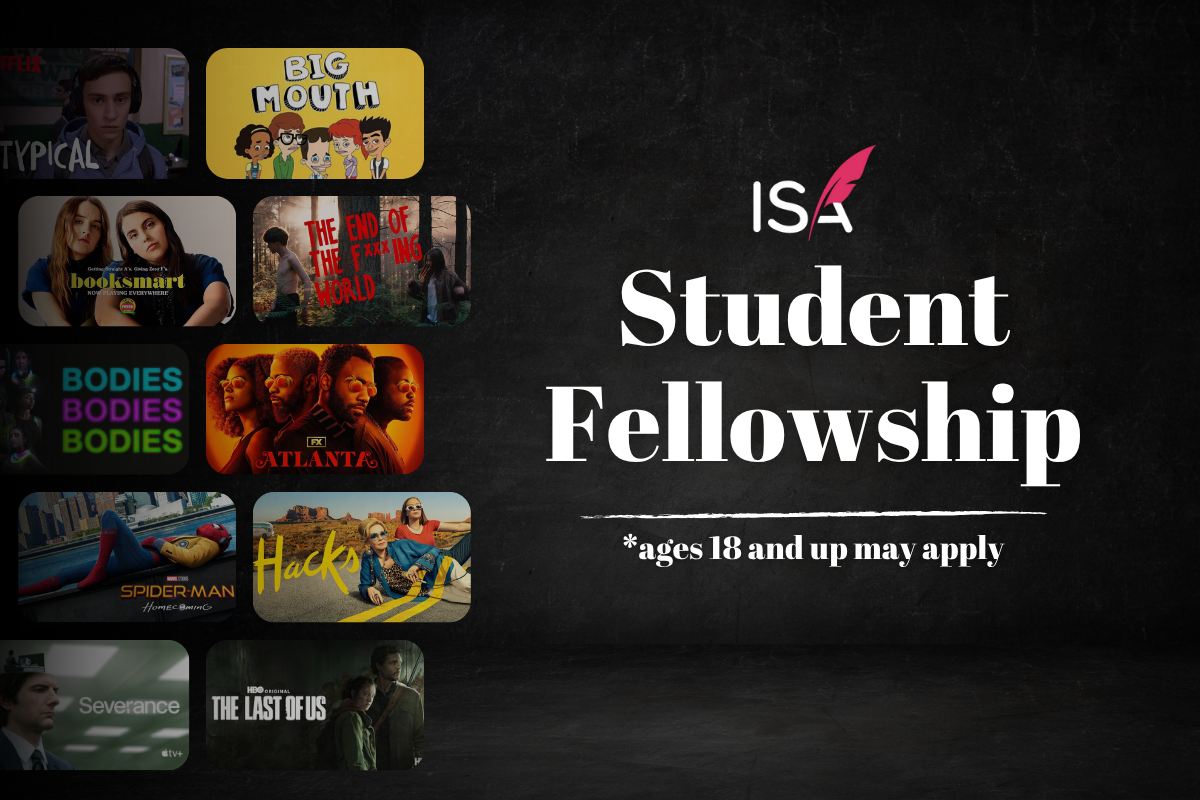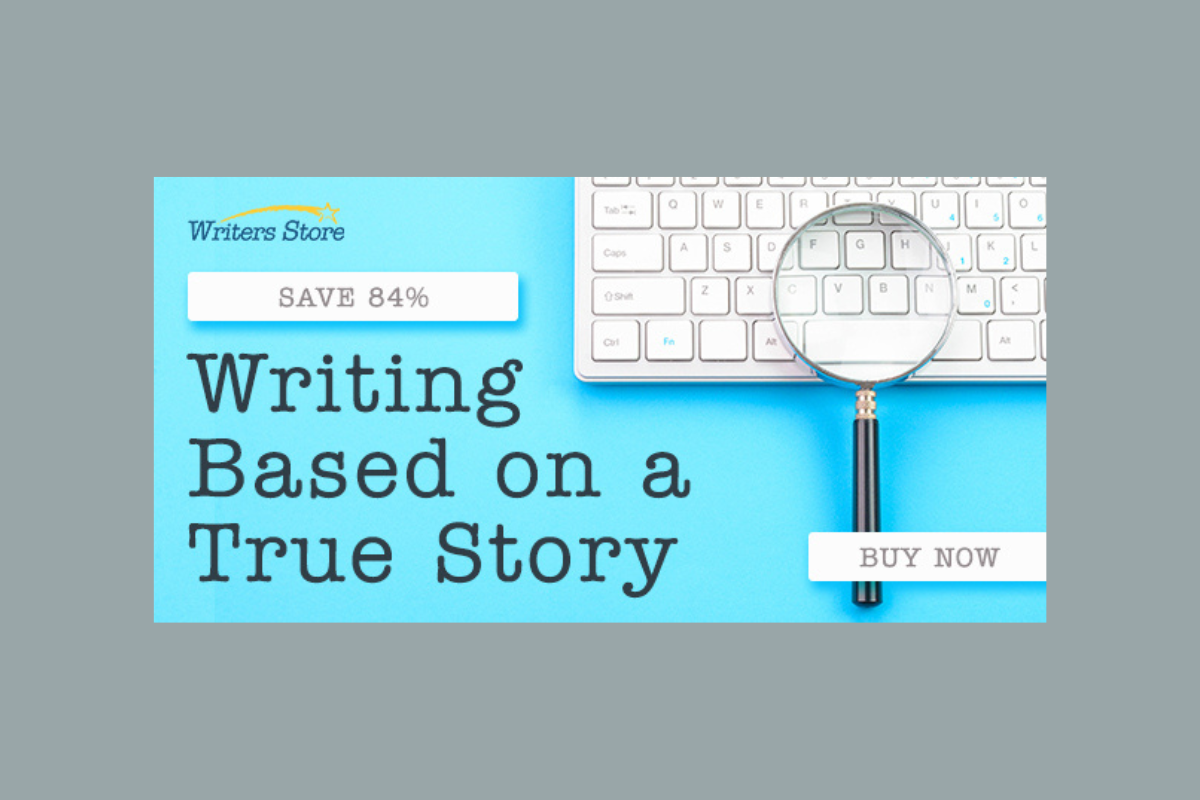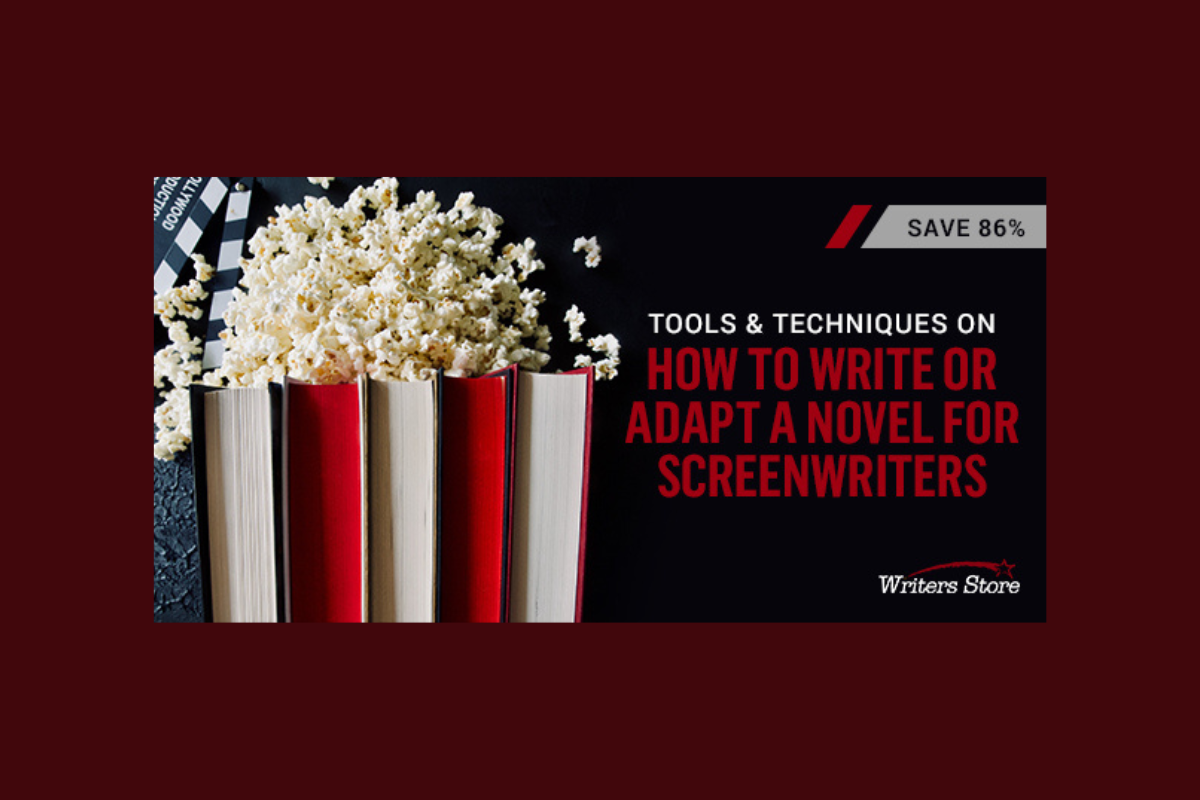Improvising Screenplays: Yes-And Part 2: Zig-Zagging Your Way to Screenwriting Mentorship and Beyond
In Improvising Screenplays, improvisational actor Brett Wean shares how the concepts of improvisation can be applied to the work — and play — of writing your script. So if you…
In Improvising Screenplays, improvisational actor Brett Wean shares how the concepts of improvisation can be applied to the work — and play — of writing your script.
So if you read the previous article in this column, you know that I talked about using the improv concept of “Yes-And” to fully honor and make the most of the feedback you receive on your written work. You also know -- I’m assuming once you read something I’ve written, you feel that you “know” it, because I’m a narcissist -- that actively collaborating on the process of getting notes makes it easy for someone to go beyond being a teacher, and become your mentor.
More than anything else, studying improv has taught me how to be a good student, and potentially, a good protégé.
But mostly it has taught me the importance of pants.
I had been studying improv for a year or two, and one weekday night -- a rare night off, since aside from work and social commitments, my time felt increasingly busy with seeing improv shows, going to class, and getting together with practice groups and coaches -- I had just taken off my work clothes, gotten into a grungy t-shirt, and fallen onto the couch when the phone rang around 6:30.
I almost didn’t pick up. But I saw that it was my friend Jennie from, of all things, improv. Now, I wouldn’t have picked the phone up for just anybody. But Jennie was a super-spirited, fun person, who I knew would have good energy. I didn’t feel like I would need a lot of focus to gab on the phone with her, either. She had that rare combination of good, fun vibes while also being a relaxing person to hang out with. She was sort of like a mid-tempo Beach Boys song. (I don’t know which one, exactly: not as slow and soporific as “Warmth of the Sun,” but not “Surfin’ Safari,” either.)
So I picked up, not letting the action impede my progress in lying further back on the couch, temporarily muting the TV.
“Heyyy,” she drawled -- she had a slight Tennessee accent -- “are you at home?”
I was, I conceded.
Jennie worked with old people. (Still does.) I don’t remember her exact job title at the time, but...I don’t know. She worked with old people in some way. And for some reason, she had them on a bus, for some trip, and the bus had broken down, and it was somewhere near my apartment, she realized, right in front of some grungy bar, and she was taking the group of old people into the bar.
“Do you wanna come hang out with us?” she asked. “It’s gonna be a little while ‘til the bus is back up and running.”
I was so tired. SO, so tired. It had been a long couple of weeks, and I was really looking forward to the prospect of just lying around my apartment.
Sure, it sounded interesting. It would’ve been a fine distraction some other kind of night. I didn’t know which kind of night, realistically. Some sort of magical evening in which I had nothing else to do, and not so much energy that I had already actively made plans...but enough momentum that I had no qualms about missing out on anything else.
In other words, a totally imaginary night that existed only in some kind of Schrodinger’s Cat-like vacuum. Like, maybe a Tuesday.
I hesitated.
Also -- I kind of left this part out earlier -- I didn’t have any pants on.
Okay, I may have had sweatpants on. Let’s say I threw some old, dirty pair on after leaping tiredly (can you “leap tiredly?”) out of my khakis. But it’s also possible I was in full beached-whale mode, wearing just a t-shirt and boxers. (This wasn’t even an “outside” t-shirt, as my wife would put it. There were certainly a few stains on it, and probably a couple of holes.)
Jennie was still on the phone, waiting for an answer.
Here was the problem. As lazy as I felt, the concept of “Yes-And” had been beaten into me over the past year or two by all my improv classes. It was an essential technique for creating a totally made-up scene on the spot: you say Yes to whatever words come out of your scene partner’s mouth, and heighten and add to them to the best of your ability...always as though it’s the best idea anyone has ever come up with since the dawn of time. (Even, frankly, if it’s kind of dumb.)
Like most people who’d “gotten into” improv, this instinct had seeped into my real life, too, and I had conditioned myself to instinctively “say yes” to things rather than say no. Sure, I wouldn’t have agreed to rob a bank. But I would have suggested casing a doughnut shop, just for fun, before eventually going in and paying for doughnuts, in order to keep the momentum going.
Yes-And. The phrase had become a verb. Old people in a bar with Jennie a few blocks away. I had no choice. As tired as I was, I had to Yes-And this. I told her to give me a few minutes.
And I threw on a pair of pants.
Jennie hadn’t oversold the prospect of hanging out. She had promised me they were “cool” old people. She wasn’t lying. They literally were “cool old people.” For instance -- I’m not making this up -- at least one woman in her late 70s or early 80s was wearing a black leather Fonzie jacket. Their bus, as though amusingly directed by fate, had conked out right in front of the now defunct, iconic Siberia Bar -- seedy, with a little sawdust on the floor, pinball machines, and a (non-working, I’m pretty sure) mechanical bull.
I had a great time, we had some vodka, hung out, and the night sticks out as one of my weirder, fonder memories.
The reason I bring this evening up is that it’s a great example of Yes-Anding. And Yes-Anding is the key to creating opportunity, whether you’re struggling to find a writing mentor, hook up with a writing group, find a new job, or meet the love of your life. (In my case, it was joining a mutual friend to go see The Fifth Element, but that’s a different story.)
Work begets work, and movement begets movement. In my experience, I’ve found that it’s rarely a straight line that gets me from one place to my sought-after destination. Sure, it’s great to set an intention: put it out there to the universe and all of your friends, loud and clear, that you’re in search of a new babysitter. If you’re not clear on what you want in the first place, chances are slim that you’ll ever achieve it.
But life isn’t that simple, and when I was finished a draft of my first script, I was in need of a mentor. I was lucky enough to have teachers: great teachers, encouraging teachers, well known teachers, who gave me important, general notes on my script. But I hadn’t located that special person who could see the finish line, and believed in me enough to go over my work with a fine-toothed comb.
I needed a mentor. So I put it out there. I asked around, loud and clear. But as they say in Mean Girls, “fetch” wasn’t happening...at least not at that moment.
I didn’t give up. I just allowed -- this is going to sound hippie-dippie here for a moment -- the flow of the universe to dictate my direction. I Yes-Anded the opportunities that did come across my plate. I kept moving, even with things that didn’t immediately sound like they had anything directly to do with my main goal.
There’s an expression in improv called, “Follow your foot.” It refers to players standing to the side of the stage, or on the back wall, not performing in the scene that’s happening, whose responsibility it is to “edit” the scene at just the right moment, then start another one. It’s a pretty subtle, challenging skill, especially first starting out. Teachers and coaches regularly see those on the back wall unconsciously moving their foot: as if to take action, move across the stage, and edit.
Their foot is their instinct...and it tends to be exactly right.
“Follow your foot,” we encourage them.
I wasn’t primarily interested in creating web videos, or writing sketch comedy -- my interests primarily lay in pure improv, and writing feature screenplays. But when an acquaintance from the improv scene suggested putting a little collective together, it did sound like fun. And so I “followed my foot.”
One of my sketch video partners had several years before created and starred in a two-woman show that got some buzz, and her former collaborator was now writing for a well-known series. That person -- who I’d never met -- had somehow met someone else, another writer who was just starting to occasionally help others with their feature scripts. My sketch partner clued me in, and we both started working with her. As it turned out, long after I’d set out my intention, I’d found my mentor.
What’s important is that I didn’t achieve my goal by going in a straight line. I couldn’t see the dots laid diagonally out in front of me that would later connect.
I simply kept moving, in positive ways.
I’ve found it to work like this with the other important things in my life, too. With jobs, opportunities, and relationships, the eventual moment of success has always come from saying Yes-And, and following my foot when something of any possible interest came across my path. Not going in a straight line. Zig-zagging. Continually moving in a positive direction.
Sometimes it’s simply a matter of putting on your pants.
One last thought:
In the opening scenes of a long-form improv set -- when nothing has been set out, and we don’t know the shape or story or structure of the show -- we will typically just hunker down, play slowly and realistically, and lay out details in the world of our characters, not knowing how they will fit together later. Without them, the universe we’re creating on stage is flat; there are no connections to make later on that will surprise the audience, or even ourselves. Comedy, and creativity in general, relies on making connections and identifying patterns. Without laying out specifics, blindly but in good faith, there’s nothing to connect, nowhere to go.
And so it is true in real life, and in the life of your writing career. You have to keep moving, doing, writing, producing... generating the specifics of your life in ways you may not immediately understand.
The connections will happen.
Have any questions about improv, and how it relates to writing for the screen? Feel free to post comments below or send questions via Twitter. They’ll be considered for a future installment.
Related Articles:
- More Improvising Screenplays by Brett Wean
- Balls of Steel: The Zig-Zag Screenwriting Career Path
- Improvising Screenplays: Make the Most of Screenwriting Feedback and Find a Mentor – Using the Power of “Yes-And!”
Tools to Help:
Brett Wean is a writer and actor who has studied improvisation at New York City’s acclaimed Upright Citizens Brigade and People’s Improv Theater (The PIT), where he has taught improv as well as performing on several house teams and studying both sketch and screenwriting. He has appeared on television in various commercials, including New York Lottery’s “Little Bit o’ Luck” campaign, and most recently on MTV's Weird Vibes, and in the feature film Breakup at a Wedding, produced by Zachary Quinto’s Before the Door Pictures. Follow Brett on Twitter @brettwean







